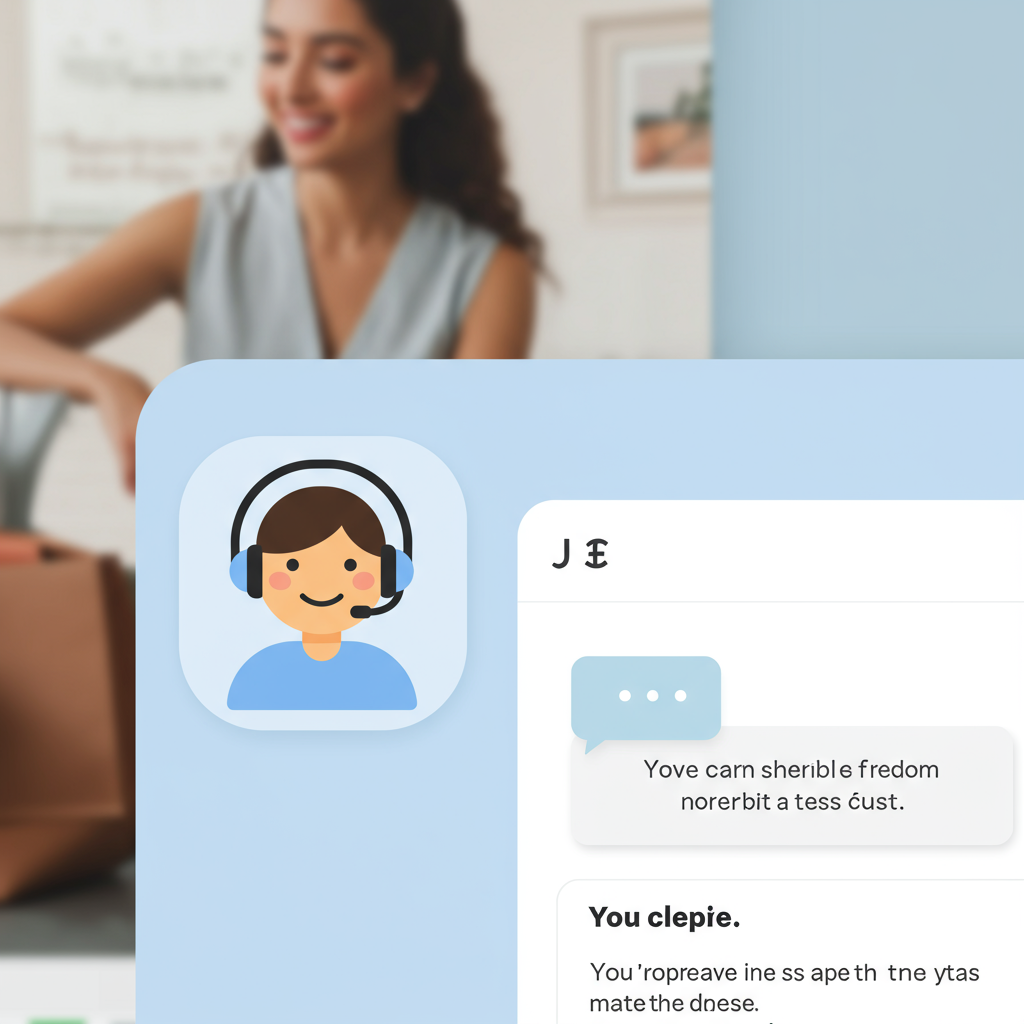Unlock Real-Time Customer Engagement and Boost Your Sales
Hey there, fellow Shopify merchants! I’m here to talk about something that has truly transformed my customer service and sales: live chat.
In today’s fast-paced e-commerce world, customers expect instant gratification. They don’t want to wait for email replies that might take hours, or even days.
That’s where live chat comes in. It allows you to connect with your customers in real-time, right on your store, providing immediate assistance.
I’ve seen firsthand how a well-implemented live chat system can significantly boost conversions, reduce cart abandonment, and build lasting customer loyalty.
So, if you’re wondering how to set up live chat support on your Shopify store, you’ve come to the right place. I’m going to walk you through my process and insights.
First, let’s quickly touch upon why live chat is a game-changer for any online business. It provides immediate answers to customer queries, which is invaluable.
This immediacy often prevents cart abandonment. Imagine a customer hesitating over a product detail or shipping cost; a quick chat can clarify doubts and seal the deal.
It also builds immense trust. Customers feel more confident buying from a store where they know they can get instant, human support if they need it.
Beyond sales, live chat can significantly reduce your support inbox volume. Many common questions can be resolved in seconds via chat, freeing up your email support.
For Shopify merchants, there are primarily two ways to integrate live chat: using a dedicated app from the Shopify App Store or implementing custom code.
For most of us, especially those not deeply familiar with coding, using an app is by far the easiest, most efficient, and most feature-rich method.
The Shopify App Store offers a plethora of excellent live chat solutions, many with generous free plans or free trials, making it accessible for all.
When choosing an app, I always recommend looking at a few key factors: the features offered (e.g., chatbots, integrations), the pricing structure, and user reviews.
Some popular choices I’ve come across include Tidio, LiveChat, Gorgias, and Chatra. Each has its unique strengths, so explore a few to see what fits your specific needs.
Once you’ve picked an app that aligns with your business goals, the installation process is incredibly straightforward. Head over to the Shopify App Store.
Search for your chosen live chat app, click on its listing, and then hit the prominent ‘Add app’ button. Shopify will then guide you through the necessary permissions.
After installation, you’ll typically be redirected to the app’s dedicated dashboard to complete the initial setup. This usually involves creating an account or logging in.
This is where you’ll configure the basics: your chat widget’s appearance, such as its color scheme, position on your site, and the initial greeting message.
I always advise customizing the widget to match your brand’s aesthetic. A consistent look and feel across your store builds professionalism and trust.
Don’t forget to set up your operating hours. This ensures customers know when they can expect a live agent and when they’ll need to leave an offline message.
Many apps also allow you to create pre-chat forms to collect essential customer information (like name and email) before the chat even begins. This is super helpful for context.
If you have a team, you’ll want to add your agents to the chat platform and assign them roles or departments, ensuring chats are routed efficiently.
Once everything is configured to your liking, it’s absolutely crucial to test your live chat widget. Visit your Shopify store as if you were a customer and initiate a chat.
Make sure it appears correctly, functions smoothly, and that messages are routed to the right place. Send a few test messages to ensure everything is working.
Now, beyond the technical setup, let’s talk about best practices for *using* live chat effectively to maximize its benefits.
What do you think about this article so far? Is it helping you envision live chat for your store?
First and foremost, response time is king. Aim to reply within seconds, not minutes. Customers using live chat expect immediate attention and quick resolutions.
Train your agents to be professional, empathetic, and knowledgeable about your products, policies, and common customer queries.
Utilize canned responses for frequently asked questions. This saves valuable time, ensures consistent messaging, and improves efficiency.
Consider implementing proactive chat. This is where the chat widget pops up automatically after a certain time or on specific pages, offering assistance before the customer even asks.
Regularly review your chat transcripts. They are a goldmine of information about common customer pain points, product questions, and areas for improvement.
This data can inform your FAQs, refine your product descriptions, and even guide future product development or marketing strategies.
Many advanced live chat apps also offer seamless integrations with CRM systems, email marketing platforms, and help desks.
These integrations can significantly streamline your workflow, provide a holistic view of your customer interactions, and prevent data silos.
Finally, remember that live chat is a powerful tool, but it’s part of a larger customer service strategy. It complements email and phone support.
It offers a unique real-time channel that many modern customers prefer for its convenience and speed, making your support multi-faceted.
Implementing live chat on your Shopify store is a relatively simple process that yields significant returns in customer satisfaction, loyalty, and ultimately, sales.
I truly believe it’s an essential component for any modern e-commerce business looking to thrive in today’s competitive online landscape.
So go ahead, explore the options, set up your chat, and start connecting with your customers in a whole new, immediate, and impactful way!






